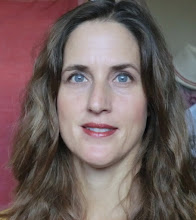 Buffalo in Oil - Support: Linen
Buffalo in Oil - Support: LinenI am very proud of this painting. Some paintings seem to develop in an effortless swish of brushtrokes. It's a good place to be as an artist. We all need experiences like this from time to time.
I started this painting as part of a class exercise and then could not wait to continue with it at home. I think it was more about me than my students this time. I found it a challenge to begin with as I had used an underpainting of raw umber and naples yellow for placement. I had to work out the correct temperature of my next layer of paint and once this was achieved then the rest flowed with relative ease. Time was taken over those important details and areas around the eyes and nose took their time. Such wonderful problem solving which involved intricate colour and tonal shifts. And of course, the oily smells and tactile qualities of the canvas are always a delight. Africa was brought to my studio for once and I am aiming and hoping to do some more when time allows.
I started this painting as part of a class exercise and then could not wait to continue with it at home. I think it was more about me than my students this time. I found it a challenge to begin with as I had used an underpainting of raw umber and naples yellow for placement. I had to work out the correct temperature of my next layer of paint and once this was achieved then the rest flowed with relative ease. Time was taken over those important details and areas around the eyes and nose took their time. Such wonderful problem solving which involved intricate colour and tonal shifts. And of course, the oily smells and tactile qualities of the canvas are always a delight. Africa was brought to my studio for once and I am aiming and hoping to do some more when time allows.



















